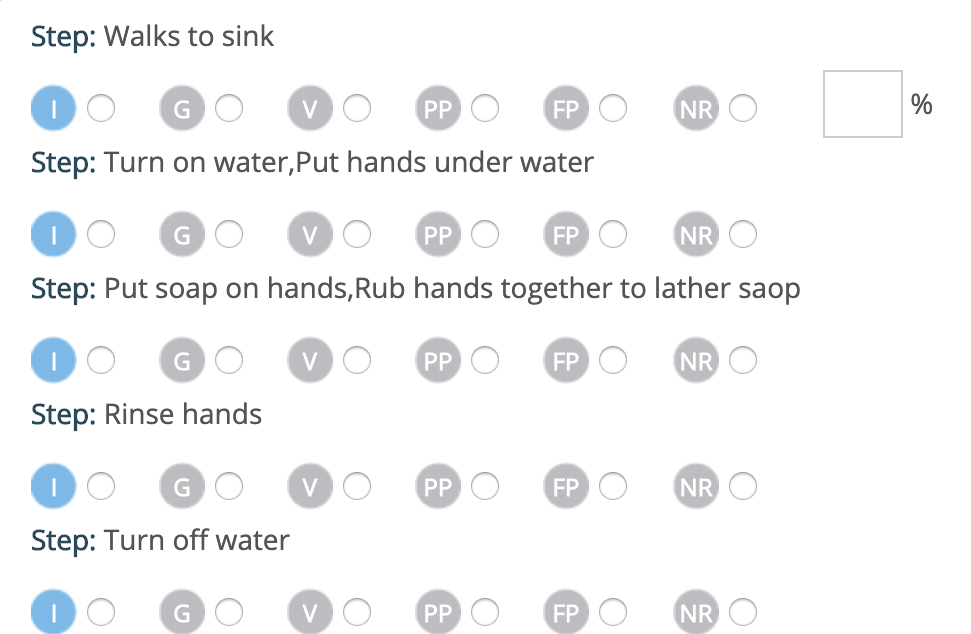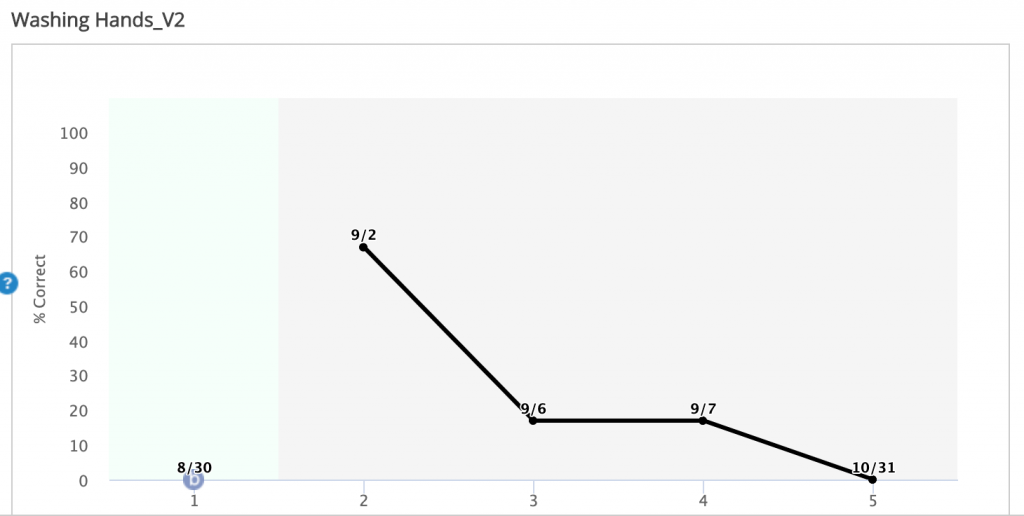The State of Colorado will soon vote on one of the most important bills for the ABA community. This bill would essentially allow ABA providers to offer therapy services for students within the school setting. You can read the entire bill here.
If this bill gets passed, it is important for all families, providers, and schools to work together effectively to successfully support our students. In my experience as both a Special Education Teacher and a BCBA, I have identified 3 barriers to successful collaboration between ABA providers and school personnel as well as viable solutions. Both sides of the house have equal responsibility in the success and failure of collaboration.
Barrier #1: Misunderstanding of Roles
ABA providers have been collaborating with schools for years without a lot of structure. Some schools allow providers to come, observe, and provide written feedback. Other schools do not allow outside providers at all. The schools that do allow BCBAs to observe and participate in the IEP, do not have defined roles for each professional to ensure productive collaboration. This has created tension between BCBAs and educators that hinders progress of the child. Often times, relationships can become strained without guidelines and protocols for the professionals to follow.
Solution #1: Clear Role Definitions
Roles and responsibilities must be defined and agreed upon in writing by the professionals. Some common roles and responsibilities may include:
- Who is responsible for behavior IEP goals?
- How to provide feedback to either party on the fidelity of the behavior plan?
- Structured mediation practices – what will they look like? How do you document?
- How do you distinguish between skill acquisitions that the teacher and the ABA provider are responsible for?
- How does the RBT receive instruction from both professionals? Whose recommendations take priority and for what content area?
Barrier #2: Differences in Education and Training
It is very important to know that each professional has a different set of training and skills. Over the course of time, behavior analysts have increased their research in some areas related to education. This includes precision teaching, DTT, and various other teaching modalities that are often used in ABA to teach academic content. However, it must be clear that BCBAs are not trained in education. Although BCBAs have successfully taught academic content through interventions based on behavior analysis, they are not trained in curriculum design and instruction. I have often experienced BCBAs recommend behavior-based programming that requires more time and attention than the teacher can feasible accomplish.
On the other hand, teachers are not trained in behavior management which is much different than classroom management. My personal experience in my Master’s program for Special Education did not prepare me to handle the extreme behaviors I had in my classroom. These behaviors, unfortunately, kept me from teaching as much academic content as I needed to.
Solution #2: Cohesive and Comprehensive Education and Training
Both teachers and BCBAs need to continue their education on topics within each other’s fields. In the larger scope, I would love to see the blending of these two topics at the university level as well as more offerings of CEU trainings on both topics.
BCBAs need to be trained in the content of IEPs, general classroom management, and understand the full scope of the teacher’s role. They need to be able to implement effective behavior programming in the classroom while accounting for the teacher’s capabilities as they meet the needs of all children in the classroom.
Both general and special educators need to be adequately prepared for the behaviors of the students they are teaching. Often times, basic classroom management skills are not enough to manage these behaviors without advanced training. As inclusion continues to be more and more prevalent within the classroom, it is important to ensure that our educators are adequately prepared to support these children.
Barrier #3: LRE (Least Restrictive Environment)
LRE, or Least Restrictive Environment, is a part of the Individuals with Disabilities Act (IDEA) which was established to help provide students with disabilities proper educational accommodations. Establishing ABA services within the school has posed challenges with meeting LRE requirements because ABA is technically a related service. Related services are additional services provided to the child which are outlined in the IEP. These services often include speech, occupational, and mental health. If an ABA provider is servicing the student in the educational setting, should this service be counted as minutes of related services on the IEP? If so, how does this affect the Least Restrictive Environment? When attempting to help service students in the classroom in the past, this has often come up because a direct therapist was not listed as a service.
Solution #3: IEPs with ABA therapy?
There needs to be a consensus made on how to write ABA as a related service into the IEP. It is going to be very important that a 1:1 ABA provider is reflected accurately in the child’s LRE considerations, and that the child’s present level of performance is accurate. Some very important questions need answers prior to implementing this level of services
- Will the ABA provider be listed at all in the IEP?
- If not, and it is just an outside service, how will the next school know how to best support the child?
- For districts and schools, how is this going to reflect on their legal obligations if an RBT is currently unavailable and they are not meeting their required ABA service hours?
Final Thoughts
In summary, as with all big changes, it will take time and a group positive effort to ensure a smooth transition to this model. There will, of course, need to be accommodations made, policies written, and an open mind from all of the providers to set up a clear path of success for the collaboration of direct ABA providers, BCBAs, educators, school staff, and districts. With some of the solutions and questions proposed, I am hopeful that all BCBAs and educators (like me) are looking forward to this door opening as an opportunity to expand our reach and help more students succeed.
As they say, it truly takes a village!














